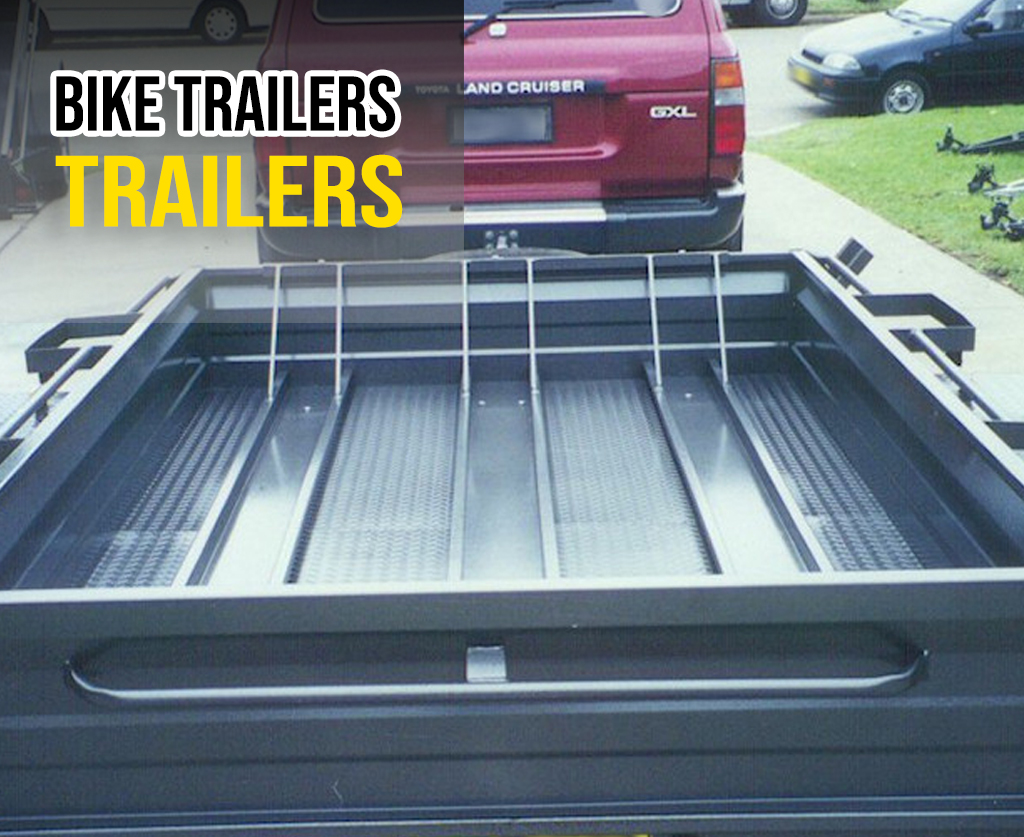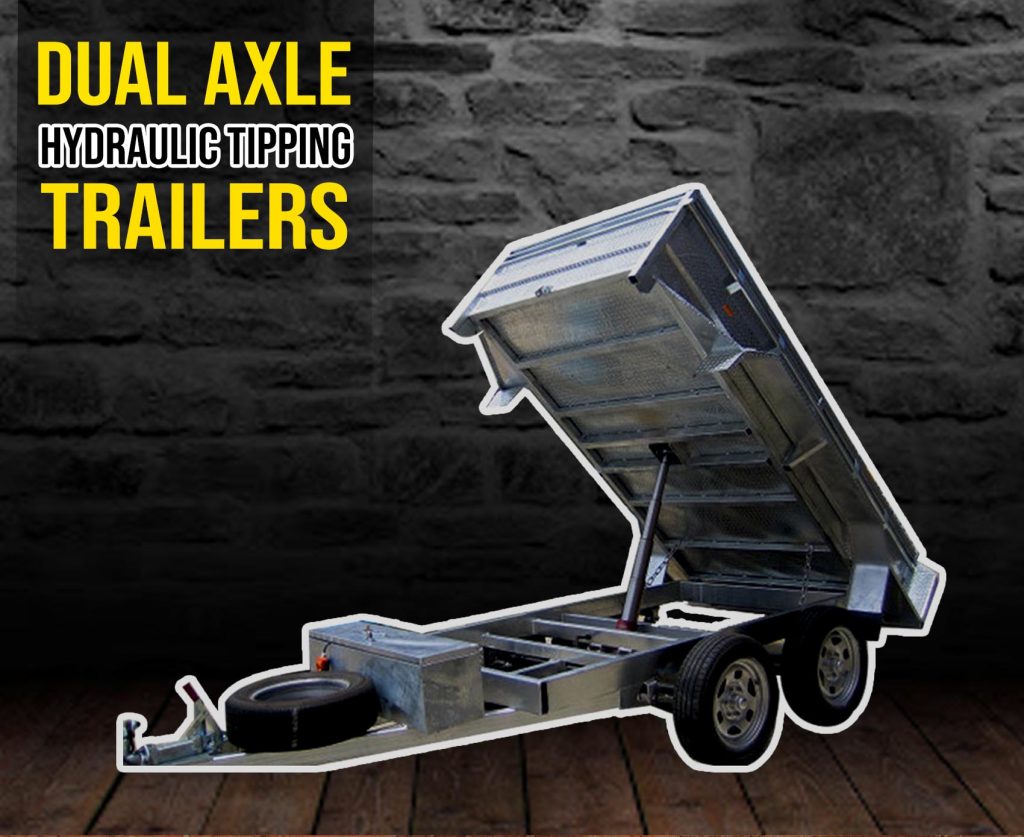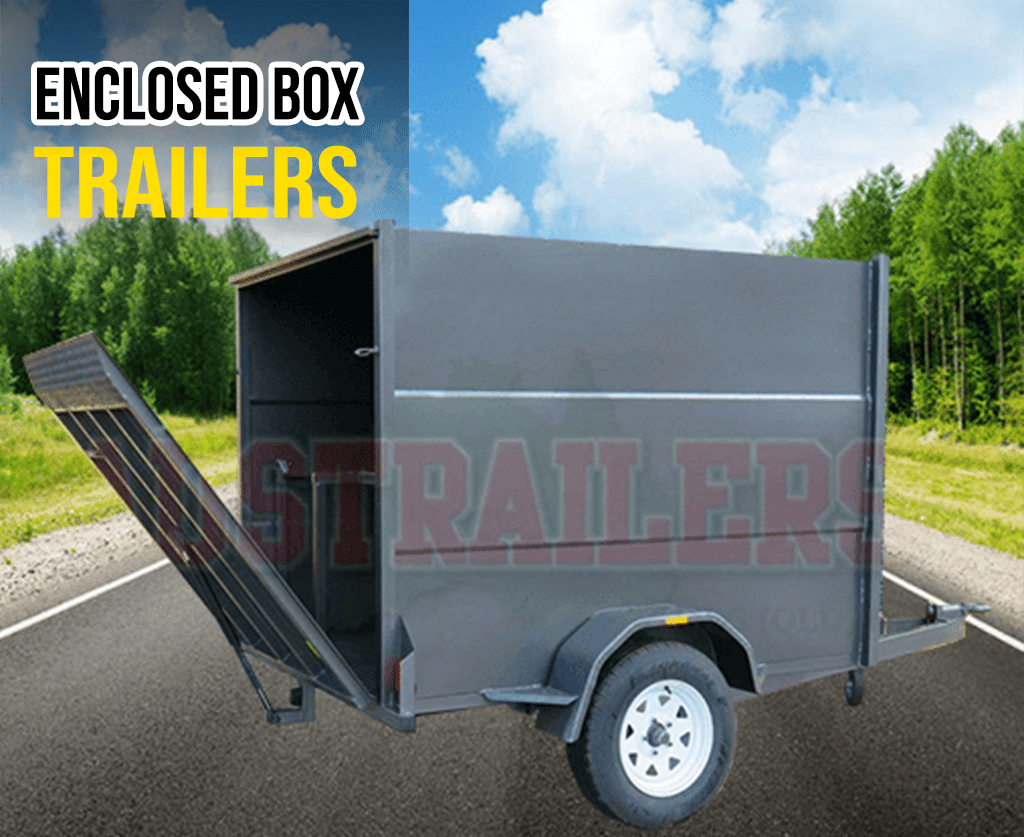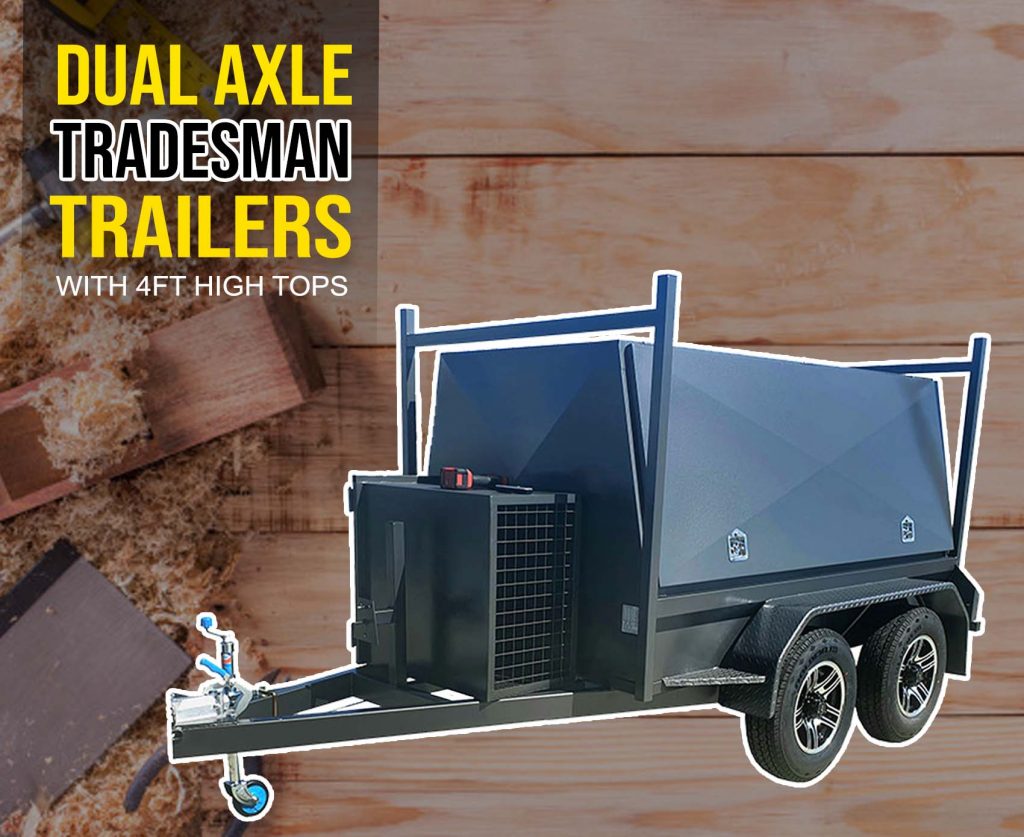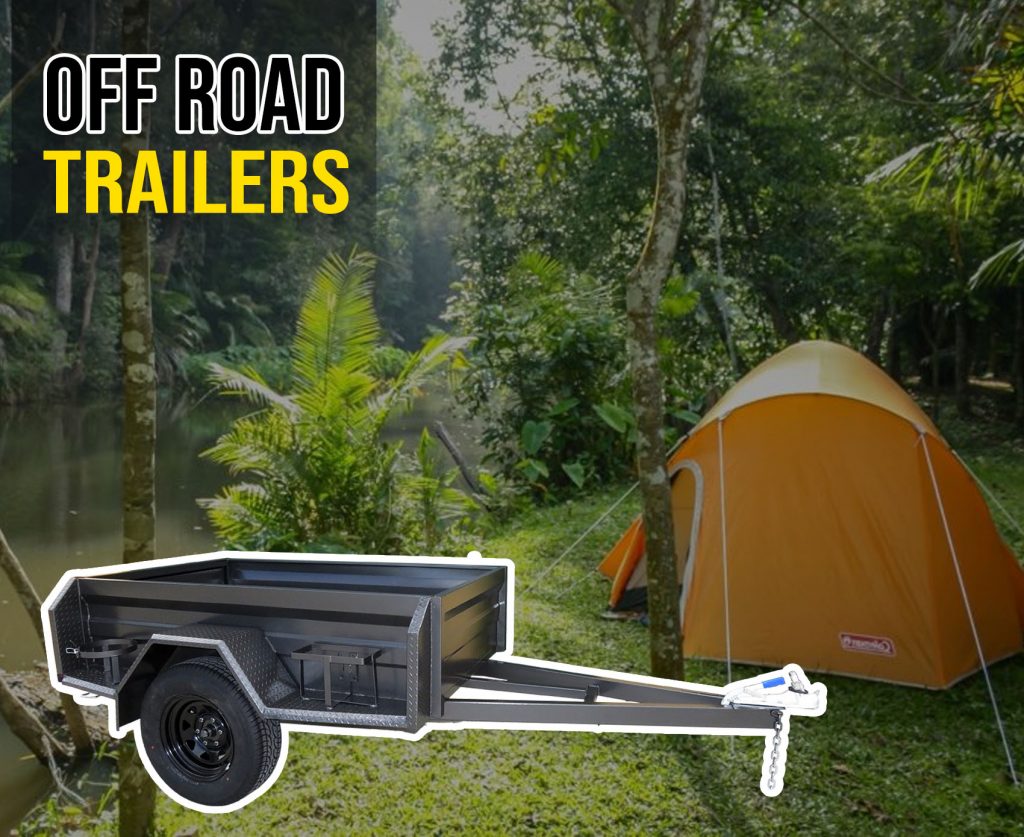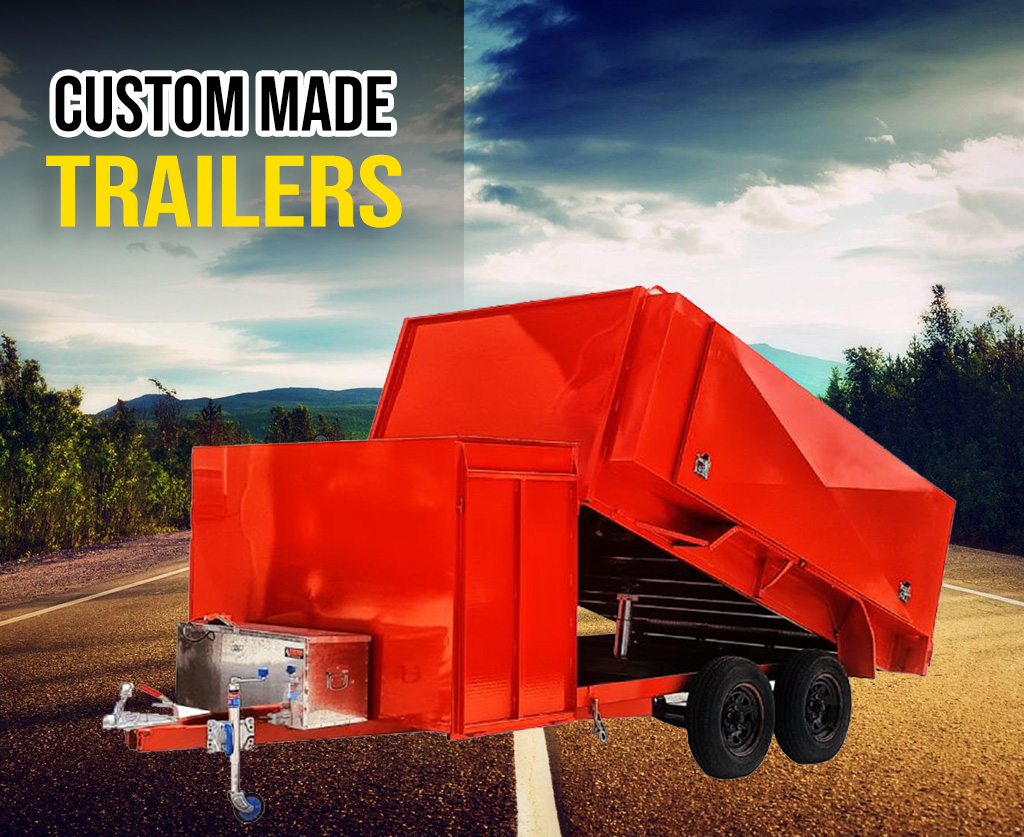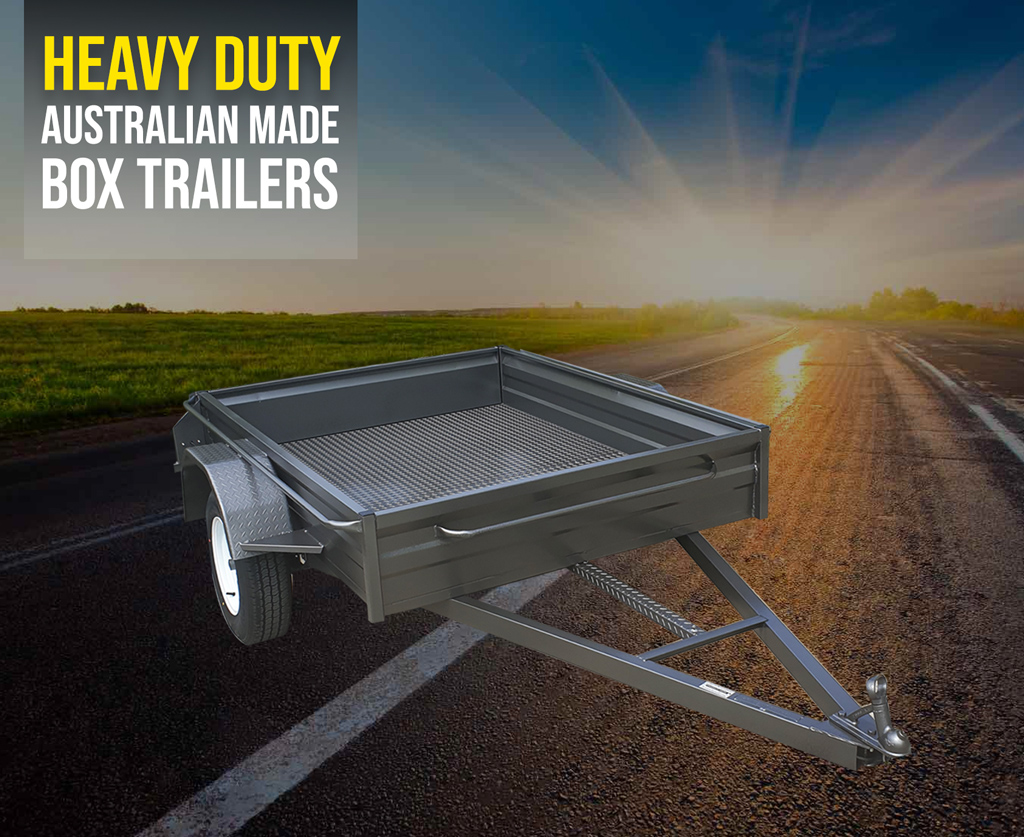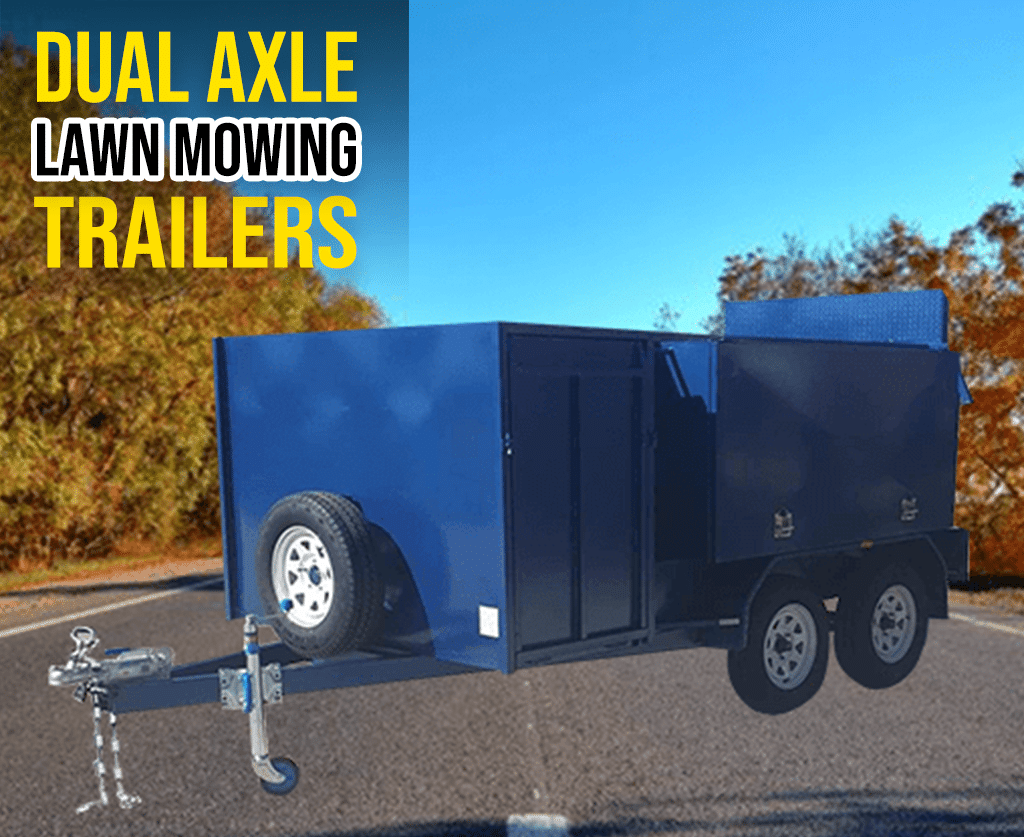QLD Trailer Regulations
Austrailers Queensland
Austrailers Queensland is a premium trailer manufacturing company based in Brisbane. Alongside our trailer manufacturing service, we also repair trailers and stock trailer parts Brisbane, Sunshine Coast and Gold Coast wide. Austrailers build high quality trailers that always meet or exceed all Queensland trailer regulations outlined below. For quality Australian-made trailers at great prices, call Austrailers Queensland today on 07 3040 5192.

Trailer Regulations Queensland

General Requirements:
-
Trailers must not be designed or used for the carriage of passengers
-
Trailers must not have internal or external projections that could be hazardous to other road users. (No unnecessarily sharp edges)
-
Trailers must be safe and fit for purpose. Authorities suggest that the manufacturer demonstrate the trailer’s ability to support the designed load with a safety factor of at least 3 for highway use. https://infrastructure.gov.au/roads/vehicle_regulation/bulletin/vsb1/vsb_01_b.aspx
-
Semi trailers must have a rear bumper no more than 600mm from the ground when unloaded. The bumper must provide a force path to the trailers structural members.
Electrical Wiring:
-
Trailer wiring must be supported at intervals less than 600mm along its length.
-
All trailer wiring must be insulated at joints.
-
Wiring must be located where it will not be in contact with moving parts or overheat
-
All wiring must be protected from chafing and have an earth return wire between the towing vehicle and the trailer.
Note: the trailer coupling or safety chain may not be used as an earth return
-
Trailers less than 3.5 tonnes must have electrical connectors between the trailer and the towing vehicle that comply with the AS 2513-1982 or AS 4177.5-2004 Australian Standard (link)
-
Trailers that exceed 3.5 tonnes may use electrical connectors complying with ISO 1185-2003 or SAE J560-1998 as alternative standards.
Braking
-
No brakes are required for single axle trailers that do not exceed 0.75 tonnes.
-
Trailers between 0.75 tonnes and 4.5 tonnes must be fitted with an efficient brake system.
-
All brakes must be operable from the driver’s seat of the towing vehicle, excluding over-run brakes.
-
An efficient braking system for trailers under 2 tonnes must have brakes that operate on the wheels of at least one axle.
-
Brakes must operate on all wheels of trailers that exceed 2 tonnes.
-
An efficient brake system must apply the brakes immediately if the trailer becomes detached from the towing vehicle.
-
When this occurs, the brakes must remain in operation for a minimum of 15 minutes
Trailer Safety Chain Requirements
Drawbars
-
Drawbars must be attached securely to the trailer.
-
Drawbars must be able to withstand certain forces to the centre of the coupling without detaching or failure.
-
For exact forces see [https://infrastructure.gov.au/roads/vehicle_regulation/bulletin/vsb1/vsb_01_b.aspx]
Safety Chains
-
All trailers with rigid draw bars and any other trailer without breakaway brakes installed must be fitted with safety chains.
-
Safety chains must be comply with the following:
-
Trailers under 2.5 tonnes must have at least one safety chain.
-
This safety chain must comply with relevant Australian Standards (AS 4177.4-1994 or AS 4177.4-2004)
-
Or the safety cable must have a certified load capacity of the same.
-
Trailers exceeding 2.5 tonnes that are still less than 3.5 tonnes must be fitted with two safety chains.
-
These safety chains must have designation of 3500kg and comply with Australian Standard AS 4177.4-2003 or AS 4177.4-1994
-
Trailers exceeding 3.5 tonnes made from steel.
-
Each steel safety chain must have a minimum of 800 MPa breaking stress.
-
All steel safety chains must conform to the mechanical properties of grade T chain specified in Australian Standard AS 2321-1979 or AS 2321-2006.
Safety Chain Attachment Points
-
Safety chain attachment points must be located as near as practicable to the tow coupling.
-
If two points of attachment are required, attachments must be mounted either side of the centreline of the drawbar.
-
Each safety chain attachment must withstand the minimum force stated in point 16.3 of https://infrastructure.gov.au/roads/vehicle_regulation/bulletin/vsb1/vsb_01_b.aspx
-
Note: Drawbar safety chain attachment points should not come into contact with the road when disconnected from the trailer.
Couplings
-
Trailers that weigh less than 3.5 tonnes must have a quick release coupling. (Designed to be engaged or disengaged without tools).
-
The aforementioned coupling must be of a positive locking type and allow for a second independent device.
-
The locking must be easily verified upon visual inspection.
-
Trailers exceeding 3.5 tonnes should refer directly to requirement outlined in section 16.4 of article https://infrastructure.gov.au/roads/vehicle_regulation/bulletin/vsb1/vsb_01_b.aspx
-
Note: Trailers exceeding 3.5 tonnes should request written verification that the coupling complies with the regulations mentioned above.
Trailer Light Requirements
-
All lamps on trailers must operate with the corresponding lamps on the towing vehicle.
-
Trailers must not show red light to the front or white light to the rear with exception of reverse lamps.
Front Position Lights
-
One front position or side lamp must be fitted if a trailer exceeds 1.6m in width and 4m in length.
-
A front position side lamp must also be fitted if trailer width exceeds 1.8m.
Rear position lights
-
Two rear position lamps – or tail lamps – must be fitted at the rear of the trailer.
-
If front, end outline, or side marker lamps are fitted, the tail lamps must operate with them.
-
Two brake lamps or tail lamps must be fitted at the rear and they must operate with the service brake on the towing vehicle.
-
If there is a service brake fitted on the trailer, it must also operate with the brake lamps.
Turning Signals
-
Two direction indicator lamps or turn signals must be fitted at the rear.
-
One pair of side repeating indicators may also be fitted approximately halfway along semi trailers if they are over 7.5m long.
-
All indicator lamps must operate by a single control that is independent of all other lamps and must flash in phase all on one side.
-
Flashing must be within a range of 60 to 120 flashes per minute.
Number Plate Lights
-
At least one number plate lamp must be fitted at the rear to illuminate the registration plate.
-
No light is to be directed rearwards.
Hazard Lights
-
All direction indicator lamps must operate simultaneously with the hazard warning lamps of the towing vehicle.
Clearance Lights
-
End outline markers or clearance lamps must be fitted if the trailer is more than 2.1 m wide.
-
There must be two white or amber clearance lamps at the front and two red clearance lamps at the rear.
-
If there is no structure at the front or rear to attach lamps, they may be fitted on each side instead.
-
These must operate with front and rear position lamps as well as side marker and rear registration lamps if fitted.
Trailer Reflectors Regulations
Retro Reflectors
-
Two, non triangular, front retro reflectors must be fitted at the front.
-
Two rear retro reflectors must be fitted at the rear either triangular or non triangular.
-
If the rear retro reflectors are triangular, the apex of the triangle must face upwards.
-
Non triangular retro reflectors are not required to be grouped with other rear light signalling devices
-
Non triangular side retro reflectors must be fitted at the side.
-
The number of side retro reflectors that must be fitted depends on the size and specifications of the trailer. See this link for more information and for rear lamp grouping diagrams. https://infrastructure.gov.au/roads/vehicle_regulation/bulletin/vsb1/vsb_01_b.aspx
For more information on QLD Trailer Regulations see:
https://infrastructure.gov.au/roads/vehicle_regulation/bulletin/vsb1/vsb_01_b.aspx
https://www.tmr.qld.gov.au/safety/vehicle-standards-and-modifications/loads-and-towing/safe-towing.aspx
https://www.tmr.qld.gov.au/Safety/Vehicle-standards-and-modifications/Vehicle-standards.aspx
For more information on what is required to pass a trailer safety inspection visit https://www.tmr.qld.gov.au/Safety/Vehicle-standards-and-modifications/Vehicle-modifications/Vehicle-Inspection-Guidelines. Save time by conducting your own inspection before taking your vehicle to an authorised inspection station.
If you find that your trailer is in need of repair or replacement parts, call Austrailers Queensland. As leaders in the Queensland trailer manufacturing industry, Austrailers Queensland offer expert advice and quality trailer parts and repairs at competitive prices. Buy directly from the manufacturer and save! Call 07 3040 5192 today.
